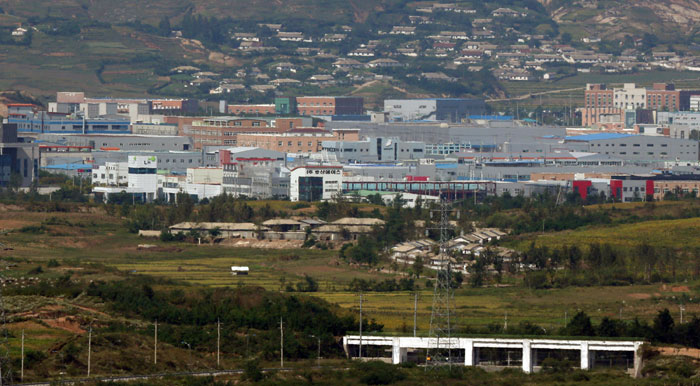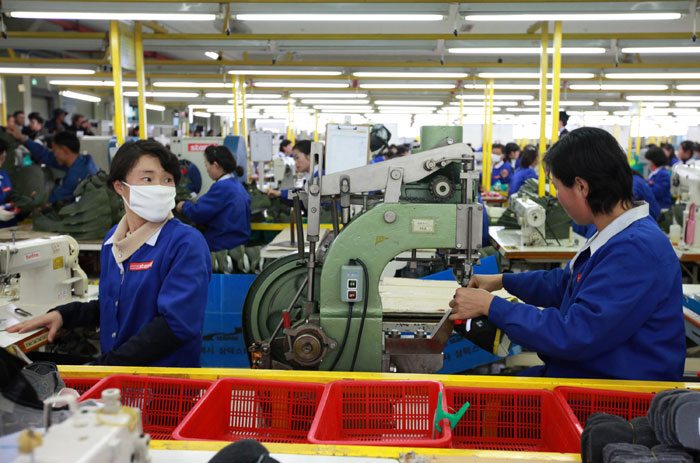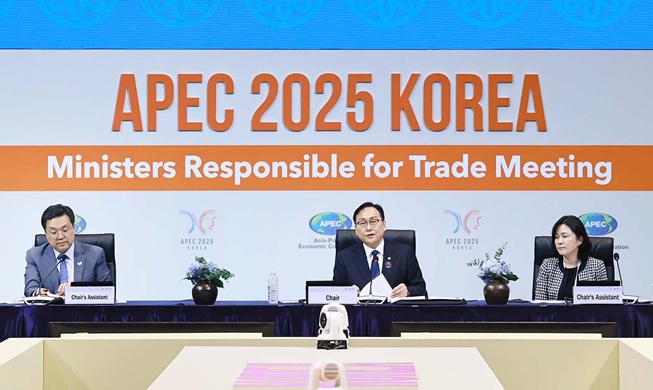
The Gaeseong Industrial Complex, across the border in North Korea, can be seen from the Dorasan Observatory in Paju, Gyeonggi-do Province.
The amount of goods produced at the Gaeseong Industrial Complex since operations began there 11 years ago has now reached USD 3 billion (KRW 3.5 trillion).
This figure can be seen as one of the complex's achievements, as it has played a key role in inter-Korean cooperation even though the two sides have undergone moments of crisis due to escalated tensions several times over the years.
According to the Ministry of Unification, the accumulated production volume between 2005 and July 2015 has been estimated to be worth USD 2.99 billion. On average, through to July this year the inter-Korean industrial plant has been producing goods worth about USD 0.046 billion every month. Considering such figures, it is assumed that the figure surpassed USD 3 billion sometime in August this year.
The annual production volume at the Gaeseong Industrial Complex was USD 0.015 billion in its first year of operations, 2005. The figure rose to USD 0.18 billion in 2007. The accumulated production volume reached USD 1 billion in 2010. Despite a five-month shutdown in operations in 2013, operations showed rapid growth every year afterward, except for the break in production. Last year, the plant's annual production volume stood at almost USD 0.47 billion. If it maintains the same rate of growth in the second half of this year, its annual production volume could hit USD 0.5 billion.

North Korean workers at the Gaeseong Industrial Complex.
More and more companies have moved to the complex. The factory site began operations with 18 companies in 2005. Today, 124 firms produce goods at the plant. Around 6,000 people worked there in the beginning, and now the number of North Korean employees is estimated at 54,000, showing a nine-fold increase.
By sector, 58 percent of the companies there deal with textiles. About 18 percent of them deal with machinery and metal, followed by electrical goods and electronics, and chemicals, which accounted for 11 and 7 percent, respectively.
The total number of visitors to the complex was around 1.1 million up until this August, with some 723,000 cars having made the commute to the plant.
By Yoon Sojung
Korea.net Staff Writer
Photos: Yonhap News
arete@korea.kr
